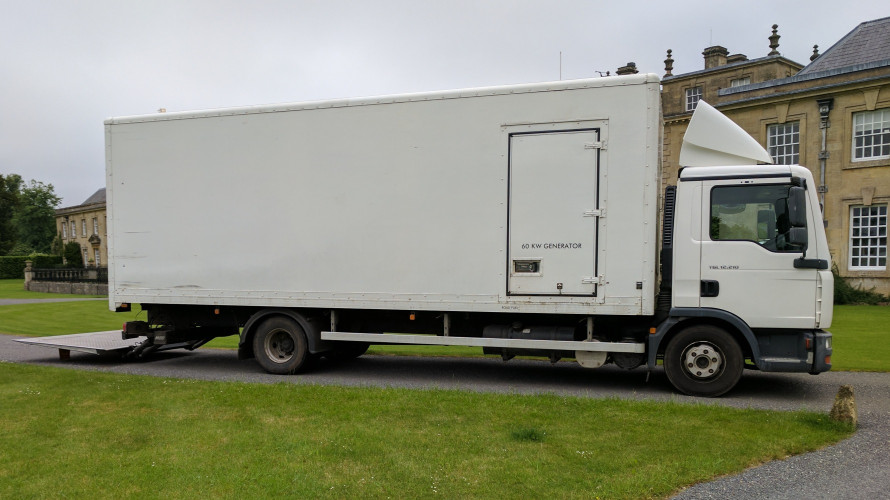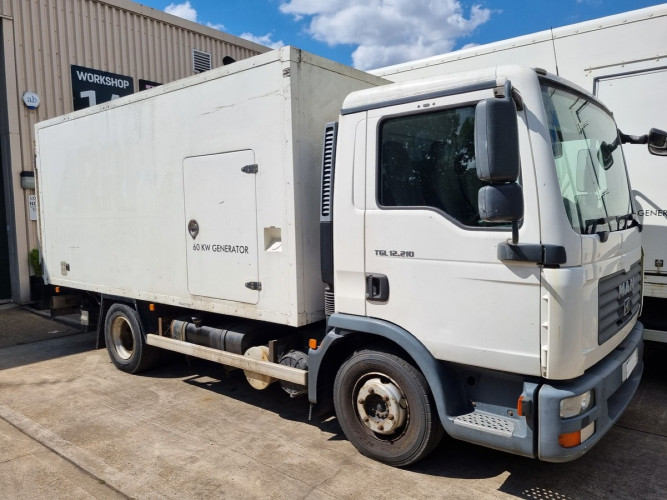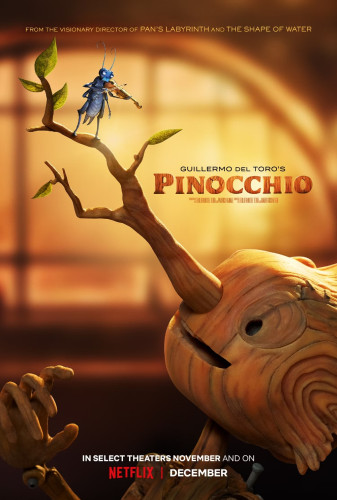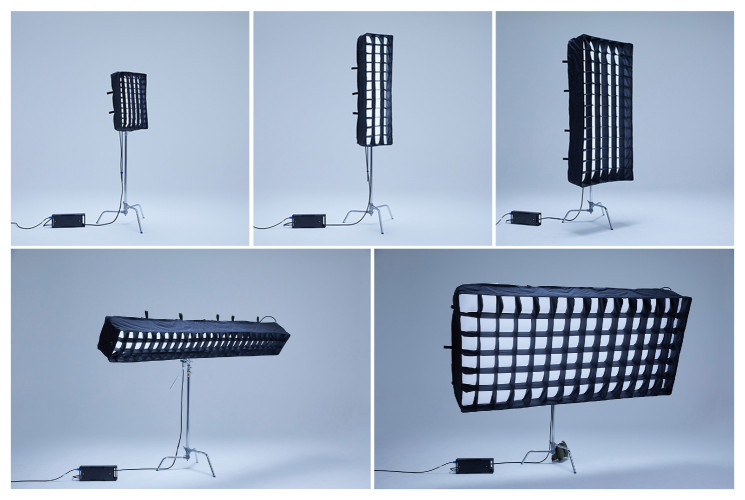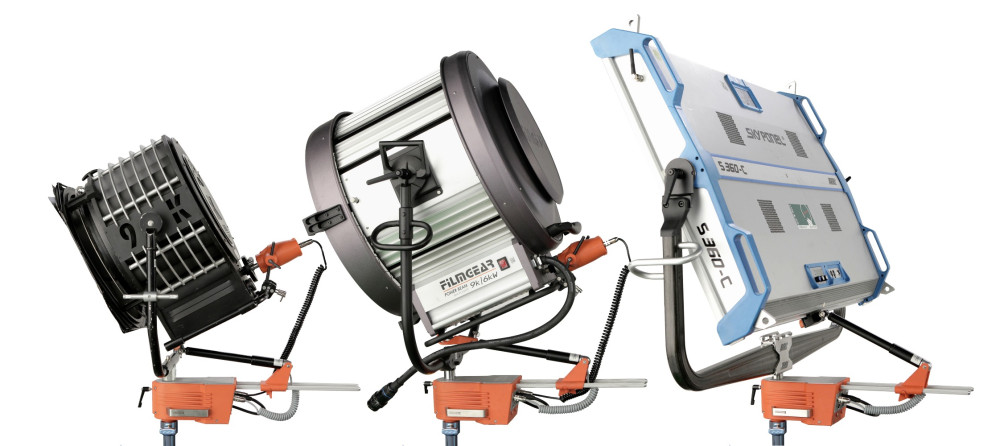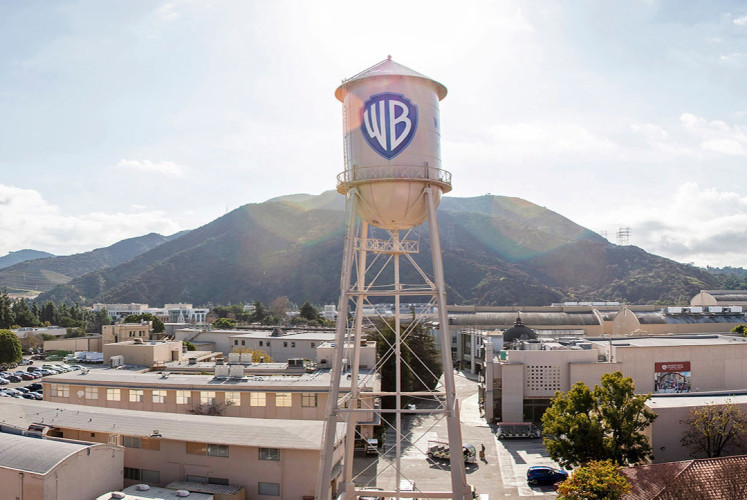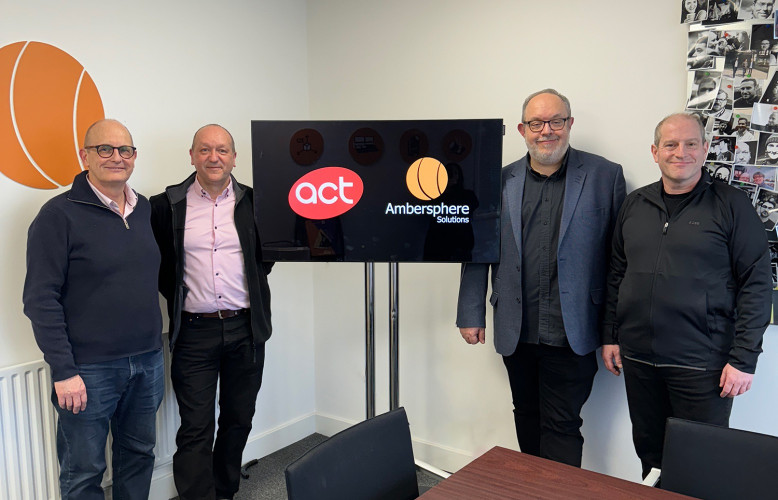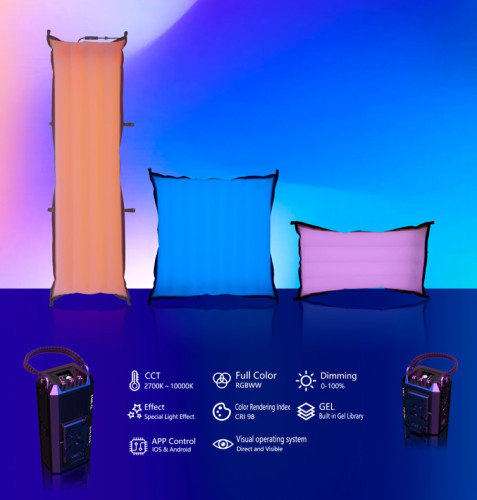HotTips on how to be a better lighting cameraman.

Author: Bob Pank#
Published 1st January 2011
First up, don’t worry too much about HD
For most of my early career I shot with film, not video, so I usually approach things from a film point-of-view. This means I don’t see an awful lot of difference between SD and HD. In my opinion, the extra definition has more of an impact on the make-up team and the set designers because, regardless of what lighting techniques you use, every detail will show up, especially backgrounds and facial details. As an example, when we helped to take The X Factor to HD this year, the judges needed more attention from the make-up team for their shots than they did from the lighting department.
With HD, add some light
Having said that, you should add a bit of extra light if you can because HD cameras are less sensitive to low light than the old Digibetas used to be. We used masses of light on The X Factor. If you’re old school, my suggestion is to treat video like it was reversal film which was also fairly unforgiving and had little latitude.
For LE, keep it flat
The general rule for Light Entertainment lighting is to keep it very flat and light everybody in the studio from the front. Remember, the older the talent is, the more front lighting you’ll need to give them
For interviews, give it some shape…
If you’re shooting an interview scene, the basic 3-point lighting design comes into play. This is based around a key, a fill and a backlight. For some interviews though, you can key it from one side or the other to give shadow to the face but you may not need a fill light. Instead, use a reflector and bounce the key light – which is still the main light source - back onto the person as a fill. This helps to give even more of a shape to the subject’s face.
… and use soft lights
Soft lights are very much the vogue these days. We use Kino Flo Diva Lites a lot, particularly for close-up interviews as they are soft, have a low voltage and are cooler compared to tungsten lights. They put out a broad soft wash of light and drops off like the light from a bounced source. LED light tiles such as Gekko's Kelvin are also good for interviews as you can dial in the colour temperature, saving you the bother of changing the bubbles or adding gels.
Get up close
If you are using soft lights, whether it’s for a documentary, an interview or a commercial, make sure you keep them close to the subject. I’ve often used Kino Flo Image 80s on commercial shoots because they give a lovely soft light but they don’t have a terrific amount of punch or range.
Check the colour temperature
When dealing with a fixed light source – such as office lighting for example – if you can’t change the lights themselves the first thing to do is work out their colour temperature. (NB/ The higher the colour temperature, the bluer the light. The lower the colour temperature, the more yellow to red the light.) The video camera will tell you what it is or you can use a colour temperature meter if you have one. Then you need to try and match it with your own lighting set-up. So, if you have a tungsten light giving you 4,300 Kelvin you’d put a half blue on it and this would give you approximately the same colour temperature as the ceiling lights. Don’t forget to check it on the camera monitor though.
For documentaries, don’t try to beat the system.
If your shot has a lot of daylight coming in, try to use daylight lights. There’s no point trying to kill it all by using tungsten. Unless its evening and it’s going dark then I suggest that you go with the flow and match your lighting to what is already there. When you don’t have lots of time, it’s a good rule to follow.
If the subject wants a ringlight, don’t argue
When we do the judges interviews for The X Factor, Simon Cowell likes a ringlight around the camera. This is a type of light that is made up of a circle of light that sits around the camera itself and provides soft diva-type lighting. We use Gekko lights normally. Personally I feel this technique tends to flatten everything off but many technicians and talent find the ringlight quite flattering and particularly good for glamour shots on the red carpet. Be aware that if the subject is wearing glasses though you might get a ring reflection in their lenses.
Grey days deserve HMIs
If you’re faced with lighting a typically grey and cloudy English day use HMI lights through silks in order to lift the scene. HMIs use a mercury arc lamp instead of an incandescent bulb to produce their light. They’re anything from 2 to 5 times as efficient as incandescents and have a colour temperature of around 5,600K, which makes daylight shooting easier and eliminates the loss of light from gels. In contrast, if it’s a sunny day, use silks to take the light down and then HMIs to fill in the daylight.
Drama shouldn’t look lit
The trick with a drama shoot is not to make it look like it’s been lit at all. Try to keep it as natural as you can, almost as if the only light in the scene is coming through a window. If the weather outside is dull and flat, use any window light you have and combine it with a Kino Flo on top in order to increase the amount of light coming in. If the weather is bright outside, put a sheet of ND lighting gel on the window and light the scene with HMIs.
For reality and documentaries, use Tungsten or Daylight Litepanels
For a lot of reality and documentary shoots, there’s little chance of a recce so everything is done on the fly. In this scenario I suggest using Tungsten or Daylight LED Litepanel lights which, again, are put on the camera. These are often a strip of soft lights that you can dim up and dim down but the colour temperature will stay the same. They’re very good for interior and exterior shots, quick interviews, off-stage stuff or something that has got very little light that you want to lift a bit.
Blue / green screen shoots
The first thing to do when shooting blue or green screen is to make sure that your subject is not wearing the same colour clothes as the screen behind them. After that, light the screen as flat and as evenly as possible so you can get a good key. It’s important to ensure that the background isn’t significantly brighter than the foreground so use a nice even flat light on the green or blue and then light your subject separately, making sure that you’ve got a bit of backlight to lift it away from the background. For these types of shoot you could use the Reflecmedia light system, which is portable and fits on the camera. They’re very good for small interview set-ups.
Don’t forget background objects
If you’re shooting a scene and there is a television set in the background, the chances are you’ll need to take it into consideration as the screen will appear all blue in the shot. To counteract this, put an orange gel on it. Alternatively, make all your lights blue to match it or try adjusting the settings on the TV to make the picture orange. This can be done on many new TV sets. Similarly, candlelight can be quite tricky as it burns quite hot so use tungsten lights with an orange gel in order to match the colour temperature of the candle.
Bring a compass with you
When you do a recce for a drama, a compass is important. You can get one on your iPhone now. If you’re doing the recce for an interior scene, it will help you to work out where the sun is going to come in from at all points of the day throughout the shoot.
Get inspiration from painters
It sounds a bit obvious but a lighting camera person or DoP needs to have a good awareness of light. While this can be gathered over time through the experience of looking at the way that light falls on things, an art degree is handy or, failing that, an appreciation of how artists like Rembrandt use light on portraits. My advice is look at how paintings are lit as they can certainly be useful as a reference or for inspiration.
Keep learning.
I’m still picking up new tricks, even at my grand old age. Once you stop learning you might as well give it all up so make sure you keep listening and learning.
Alistair Cameron has more than 30 years experience as a DoP on films, dramas, documentaries and reality TV. He was supervising cameraman on Britain’s Got Talent and supervising location DoP and location lighting director on both Grease is the Word and Pokerface. As well as working extensively on The X Factor, Cameron was also the DoP on six feature films, including Surveillance which was selected for screening at the Berlin Film Festival. He is currently the joint managing director of the London and New York based broadcast equipment rental company HotCam.



